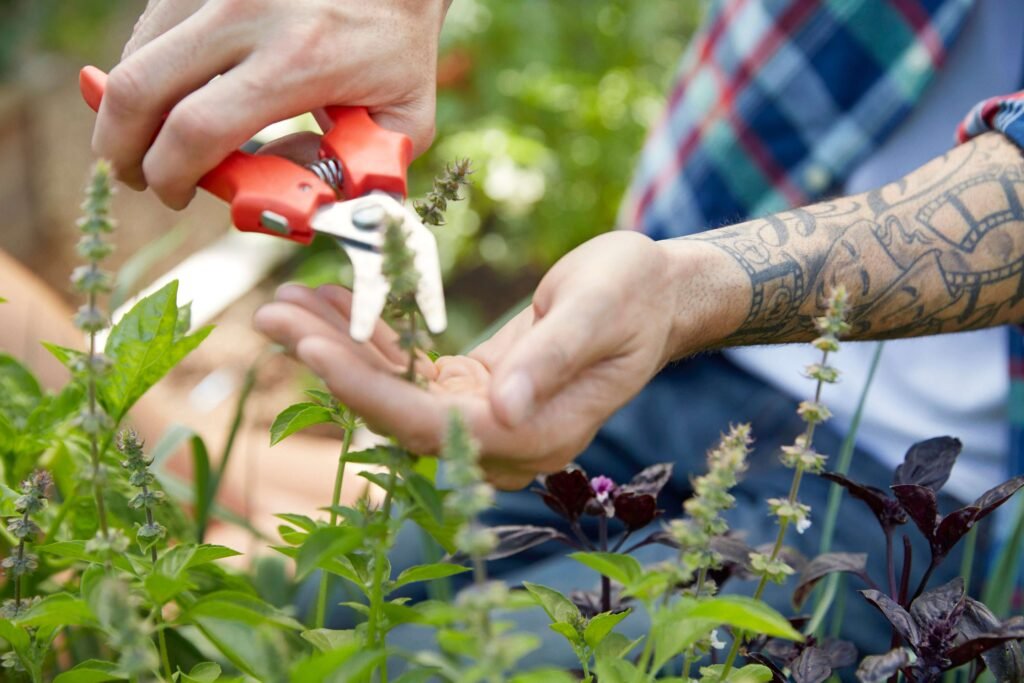Roses are a beloved addition to any garden, prized for their beauty, fragrance, and variety of colors. However, to keep your rose bushes healthy and blooming, it’s essential to know how and when to deadhead them properly. In this comprehensive guide, we’ll explore the process of deadheading roses at the bud eye, why it’s important, and everything you need to know to do it effectively.
What Is Deadheading Roses?
Deadheading is the process of removing spent or faded flowers from a plant to encourage new growth and additional blooms. When you deadhead roses, you’re essentially removing the old, spent flowers before they have a chance to set seeds. This encourages the rose bush to produce more blooms, resulting in a longer flowering period and healthier plant overall.
Is Deadheading Different for Different Types of Roses?
While the basic principle of deadheading remains the same for all types of roses, there are slight variations in technique depending on the type of rose bush you have.
1. Hybrid Tea Roses
Hybrid tea roses are known for their large, showy blooms and long stems, making them popular choices for cut flowers. When deadheading hybrid tea roses, it’s essential to prune the stem back to a healthy outward-facing bud to encourage new growth and prevent disease.
2. Floribunda Roses
Floribunda roses produce clusters of smaller flowers on each stem, creating a profusion of blooms. When deadheading floribunda roses, remove the entire cluster of faded flowers back to a leaf joint to encourage new growth and maintain the bush’s shape.
3. Shrub Roses
Shrub roses are known for their hardiness and vigorous growth habits. When deadheading shrub roses, simply remove the faded flowers individually, cutting them back to the nearest healthy leaf.
4. Climbing Roses
Climbing roses produce long, arching canes covered in blooms. When deadheading climbing roses, remove the spent flowers back to a healthy outward-facing bud or lateral cane to encourage new growth and maintain the plant’s shape.
Why Deadhead Roses
Deadheading roses offers several benefits for both the plant and the gardener:
1. Encourages Continuous Blooming
By removing spent flowers, deadheading encourages the rose bush to produce new blooms continuously throughout the growing season, extending the period of flowering and enhancing the overall beauty of the plant.
2. Improves Aesthetic Appearance
Removing faded flowers keeps the rose bush looking neat and tidy, enhancing its visual appeal and maintaining its overall health and vigor.
3. Prevents Disease and Pests
Leaving spent flowers on the plant can attract pests and promote the spread of disease. Deadheading removes potential breeding grounds for pests and pathogens, helping to keep your roses healthy and disease-free.
4. Promotes Stronger Growth
Deadheading redirects the plant’s energy from seed production to new growth, resulting in stronger stems, increased foliage, and more robust blooms.
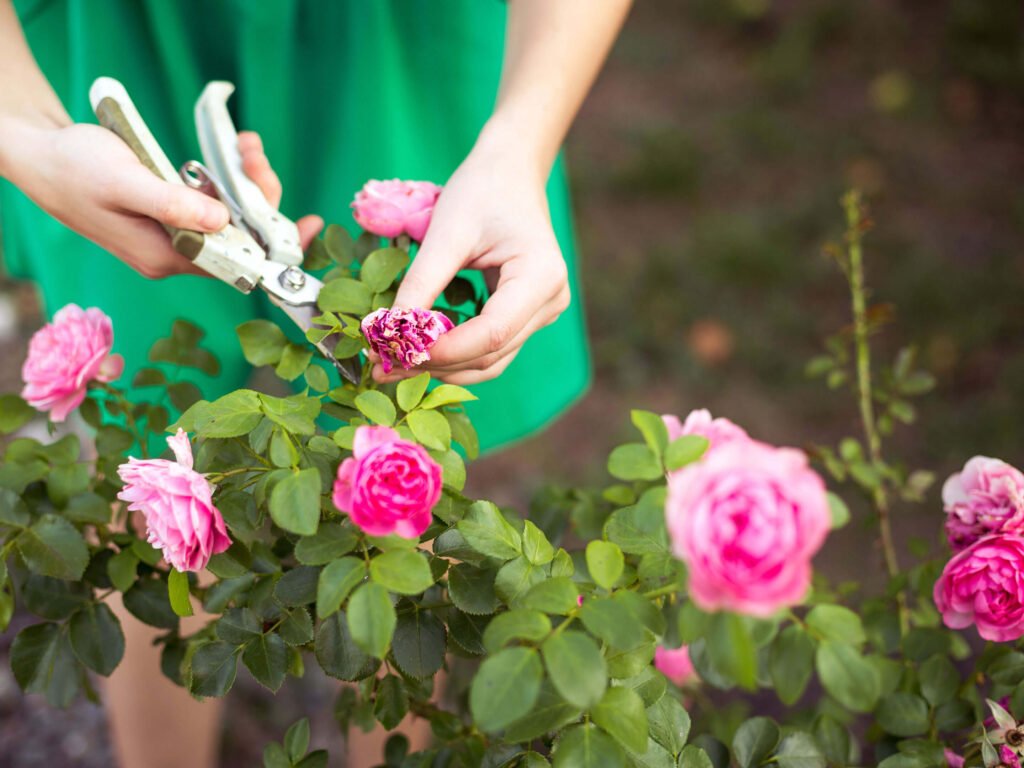
When to Deadhead Roses
Knowing when to deadhead roses is essential for achieving the best results. Here are some guidelines to follow:
1. Regular Deadheading
For most roses, deadhead regularly throughout the growing season as soon as the flowers begin to fade. This can be as often as once a week during peak blooming periods.
2. Timing
Deadhead roses in the morning or late afternoon when the weather is cool and the plants are well-hydrated. Avoid deadheading in the heat of the day to minimize stress on the plant.
3. Continuous Blooming Roses
For roses that bloom continuously throughout the season, such as hybrid teas and floribundas, deadhead as soon as the flowers begin to fade to encourage new growth and additional blooms.
4. Once-Blooming Roses
For roses that bloom once a season, such as some old garden roses and climbers, deadhead immediately after the flowering period to tidy up the plant and promote healthy growth for the following season.
What You’ll Need
Before you start deadheading roses, gather the following tools:
- Sharp Pruning Shears: Use sharp, clean pruning shears to make clean cuts and minimize damage to the plant.
- Gloves: Wear gardening gloves to protect your hands from thorns and prickles.
- Bucket or Basket: Use a bucket or basket to collect the spent flowers as you deadhead.

